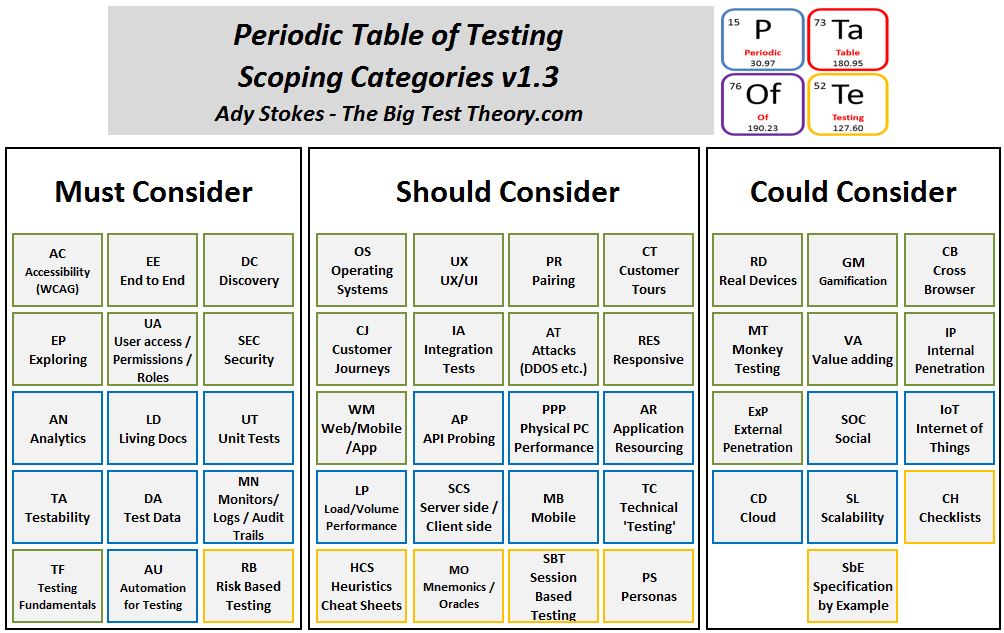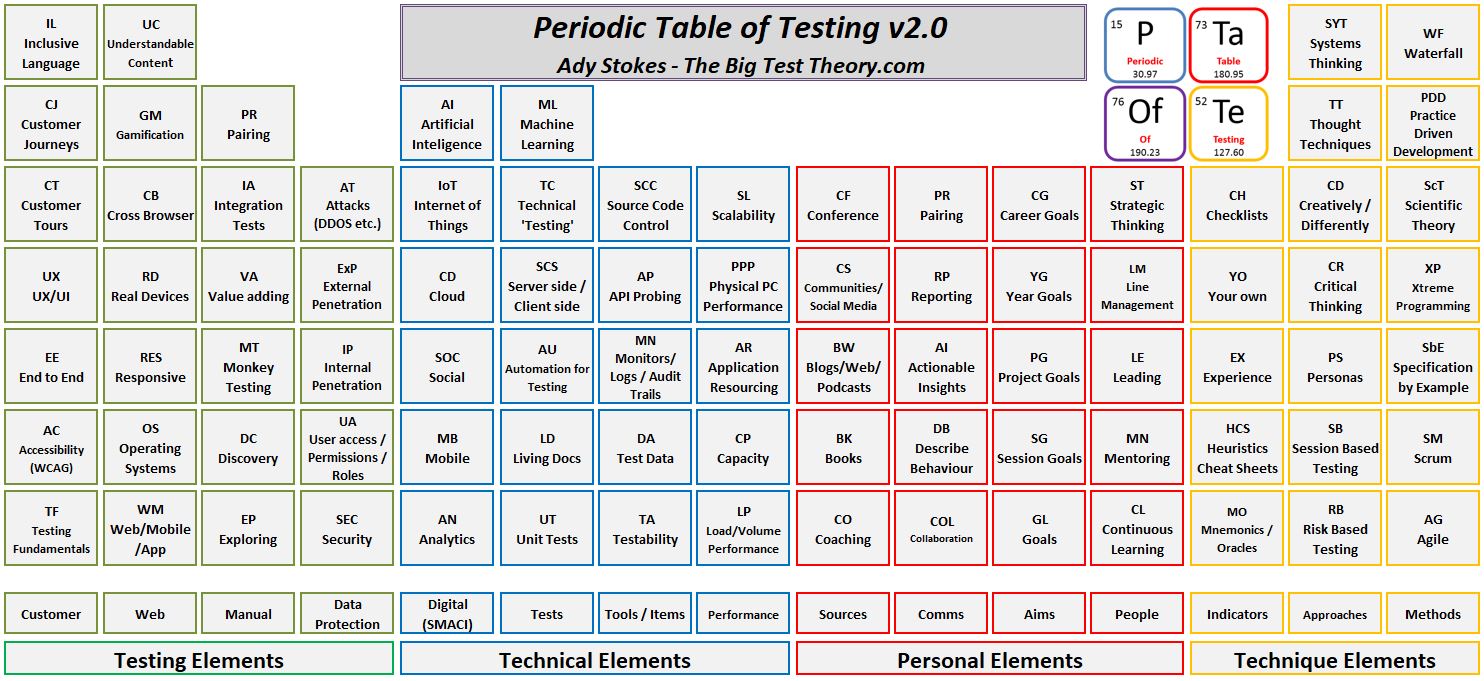In November I did a presentation at Leeds Tester Gathering with the slides available here; (https://www.slideshare.net/adystokes/2017-11-leeds-tester-gathering-i-see-no-bugs) The talk was about how a test manager back in 2005 pitted testers and developers against each other but using the measure of bugs. They were good for testers and bad for developers. This lead to arguments about features, not in the requirements etc. etc. Basically a rant about attitude, human communication and language that lead to me stop finding bugs and instead just describe behaviour. For anyone who has seen my version of Rudyard Kipling’s famous poem ‘If’ written as if he were a tester you may already know I sometimes do strange things with others great work.
For the gathering I was hoping to have a version of the Fresh Prince of Bel Air theme tune to close but I simply didn’t finish it in time. So here in it’s glory is my version of the theme telling the tale of my belief that as an entity ‘bugs’ have no intrinsic value, are divisive and a hindrance to collaboration. Controversial I know but that’s what I feel. There’s a link at the end if you want to have a go singing it!
The Fresh Prince of Testing
This is the story all about how
My life got flipped turned upside down
And I’d like to take a minute just sit right there
I’ll tell you why I don’t find bugs because there’s no value there
In West Yorkshire born and raised
Finding bugs was how I spent most of my days
Chilling out, maxing, relaxing all cool
Executing scripts as a general rule
When a test manager who was up to no good
Started making trouble in my neighbourhood
I was measured on bugs and the Devs were too
I could tell pretty quickly that we were all screwed
I whistled for a dev and when they came near
I told them about bugs but it was like they didn’t hear
I wish I could say arguments were rare
But they were like mansions in the town of Bel Air
I pulled my hair out in chunks and the Devs did too
All we did was argue and the quality blew
Then I said eureka about bugs I don’t care
I’ll just describe the behaviour that I see there
So the arguments stopped and the quality grew
The manager left coz he didn’t know what to do
Thanks for taking a minute and sitting right there
Now you know why I don’t find bugs
And why my boss doesn’t care.
Instrumental if you want to sing along!
https://www.youtube.com/watch?v=_sh2zSencBc
Fresh Prince of Bel Air theme song (short version from the TV opening)
https://www.youtube.com/watch?v=3qHA366oRMs

















